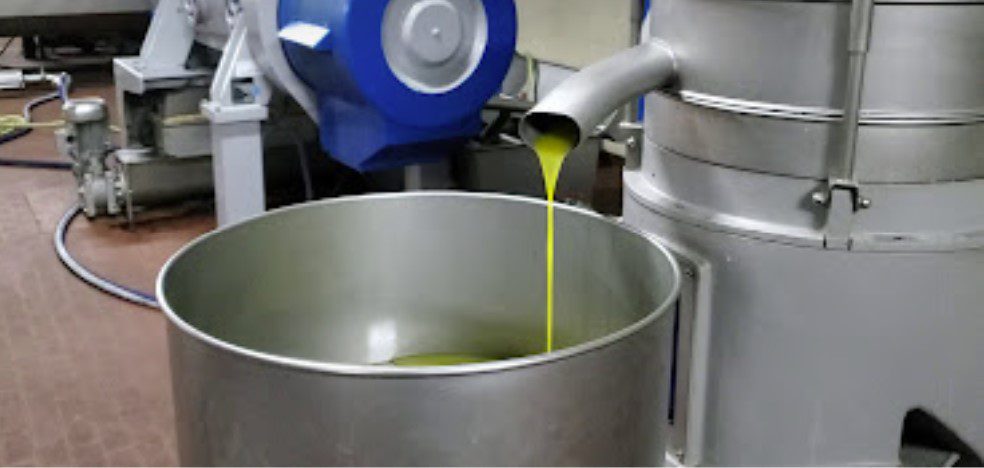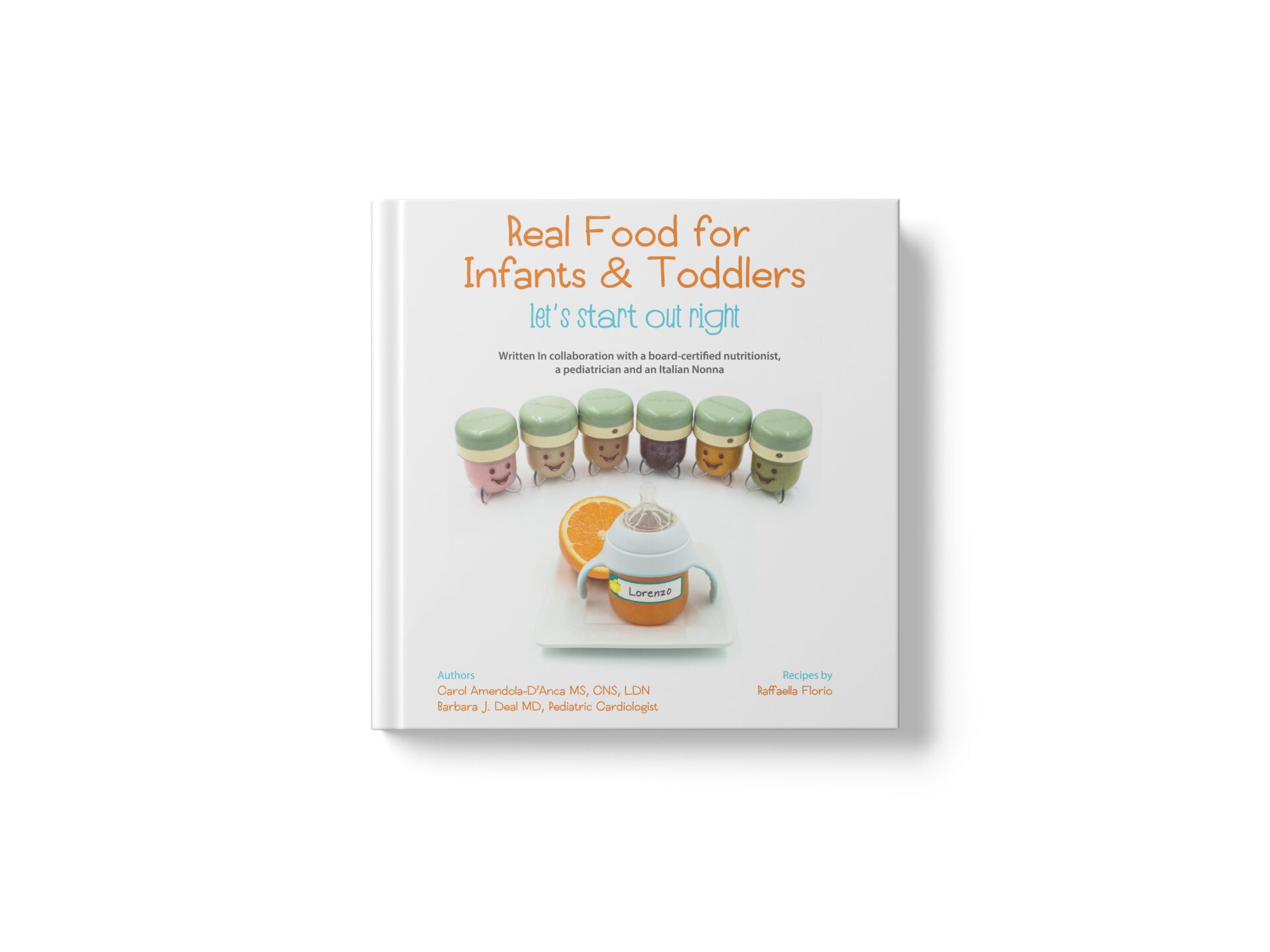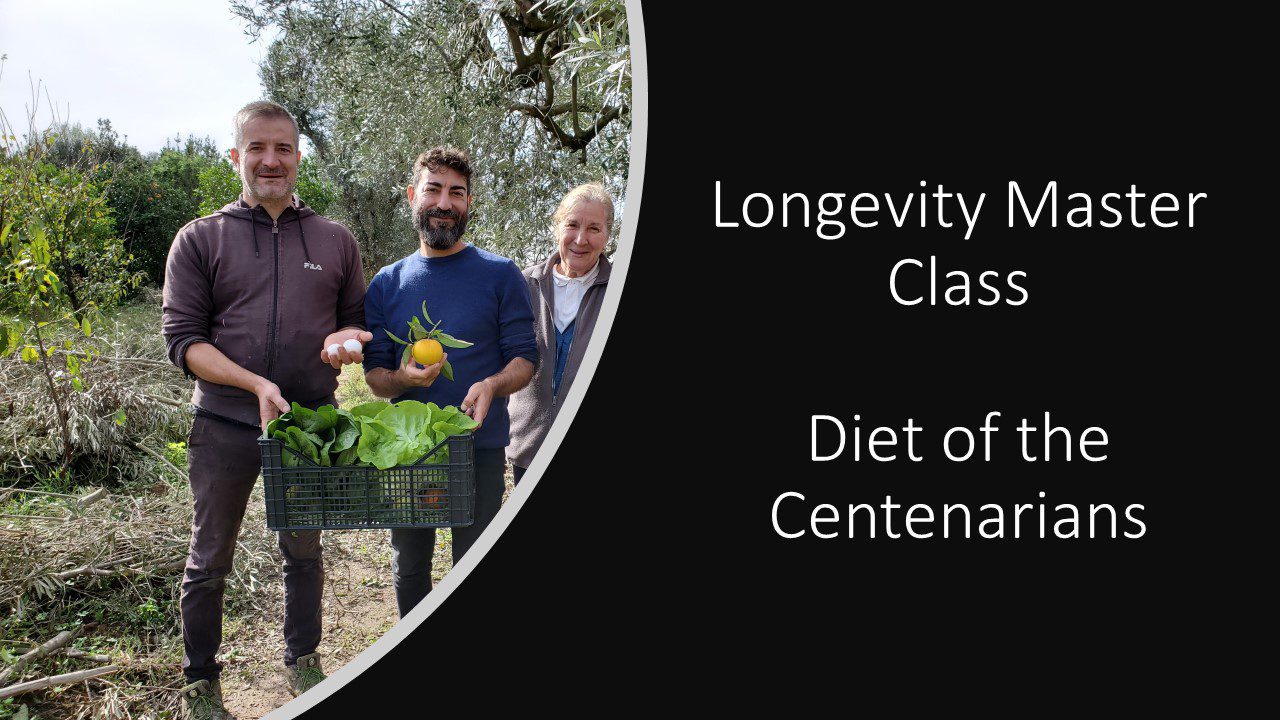The topic of olive oil and the pros and cons of its health benefits have become extremely controversial over the past decade by authorities and self-prescribed authorities alike.
What we hear from the media and even the American Heart Association, provide differing and conflicting information with a wide range from “olive oil is the worst food on the planet” to “olive oil is heart healthy.”
Who would have thought, something that was once touted as a perfect food and the foundation for longevity would now have such a wide range of conflicting views?
It’s not been an easy decision to jump into the contentious discussion on olive oil. But, as a whole food plant based integrative nutritionist with a Mediterranean background, I feel compelled to share another perspective that I’ve not heard or read about from any of the authorities on the topic.
It’s a perspective from not only 7 formal years of studying the biochemistry of nutrition in both undergraduate and graduate schools, but perhaps more importantly, as a nutritionist with a long history and connection with the people and the land where olive oil originates, how it is used, and why they are the longest living people on the planet. More about that in a second article in this series.
Let’s begin with the lowly olive itself.
Olive oil begins with the pressing of olives – a fruit in the drupe (commonly called stone fruit) category. During the ripening process and at the end of maturity the violet purple color of the olive fruit is due to the formation of anthocyanins. This is a good thing. Anthocyanins are powerful antioxidants with capability to stop free radical reactions leading to oxidation and resulting in damage to our cells (reference below.)
Exceptional growers of olives will grow their olives organically, hand pick the olives at the peak of maturity and mechanically press the olives within 8 hours of picking. The end result is extra virgin olive oil packed with flavor, nutritional and polyphenol (antioxidant) content.
I’ve witnessed the picking and pressing of oil first hand myself. Olive oil of this class will be inspected for nutritional composition and polyphenol content by an independent governing agency. If the nutritional content meets the prescribed standards for nutritional and polyphenol content, the oil can be and labeled as DOP or DOC olive oil. Olive oil of this quality is rarely seen, found or can be purchased in the U.S.
Unfortunately, as I was once told in Italy at harvest time, “we do not export our oil because the Italian people will buy everything we can produce.”
Yes, people living in Italy and surrounding countries are using a very different type of oil than what is exported to the U.S. Additionally, they use it very differently – small quantities, as very light finish on salads and vegetables and a scant amount in cooking, never frying with it.
On my most recent trip to Italy this year I also discovered that my family, (and many families in the south of Italy) grow their own olives and either press them on their own (similar to making their own wine) or bring them to a presser to press their olives right after picking. They aren’t necessarily going to a store and buying commercial olive oil at all and the little they do buy is probably fresh, locally grown and pressed. It’s a wonderful thing but what about the rest of us?
On a recent trip to a large grocery store here in the states, I noticed no less than 40 brands of olive oil on the grocer’s shelf, lined up neatly and ready for customers to purchase under the guise that this is “heart healthy” olive oil declaring that it is “packed in Italy” leading us to believe this is a good thing. Little do we realize however that “packed in Italy” is a marketing ploy to make buyers think they are buying something pure and special.
“Packed in Italy” only means the olive oil was bottled there.
The olives could have been grown in any other country and shipped to Italy for pressing and packing. Fortunately, the source of olives must be identified on the label, so be sure to turn to the back of the container and read the source. Labels are getting more complicated; you may even have to look for country codes and see which are listed on the label to learn which countries the olives are coming from.
Many times, what you will find is that olives were grown and shipped to Italy from Tunisia, Greece, Spain and other countries. Remember when you read earlier that olives should be pressed within 8 hours of picking? How old could the olives be that are picked, packed in containers and shipped to another country for pressing and packing? Certainly longer (much longer) than 8 hours. Is the final product inspected for any nutritional content? The answer is most likely no, because it’s being shipped out of the country and much of it to the U.S. to the buyer who is thinking it’s “heart healthy.”
Unfortunately, tainted and counterfeit olive oil headed for the U.S. and other destinations has been seized several times over the past years.
In 2016 a report was filed with the European Union regarding 22 tons of counterfeit olive oil from Apulia (Italy) and Greece that was labeled as Tuscan Olive Oil. You may find the filing with the European Union very interesting to read. The report is here.
Another brand name – Bertolli recently settled a $7M class action lawsuit and agreed to change its labels and improve its quality. Read the article here.
Recently, Italian police broke an illegal organization exporting fake olive oil to the U.S. The article is here.
What’s the answer to this problem?
If you are using olive oil, education is needed on both quality and it’s use and the answer lies with the longest living people on the planet.
Are we going to argue with them about the quality and use of their olive oil? I don’t think so. But, I will dive into the health aspects of olive oil in the second part of this series. Stay tuned!
Reference:
Agati G, Pinelli P, Cortés Ebner S, Romani A, Cartelat A, Cerovic ZG. Nondestructive evaluation of anthocyanins in olive (Olea europaea) fruits by in situ chlorophyll fluorescence spectroscopy. J Agric Food Chem. 2005 Mar 9;53(5):1354-63.





